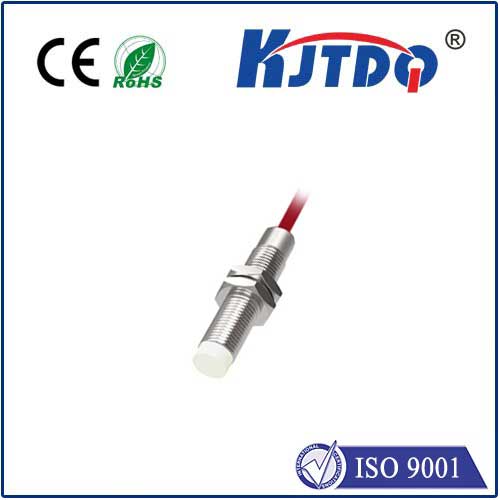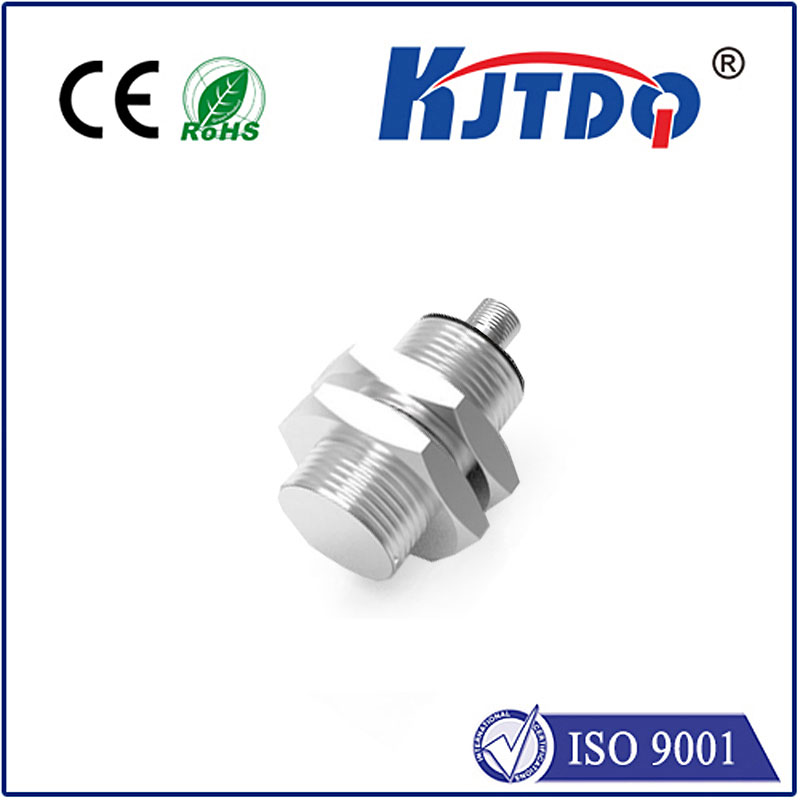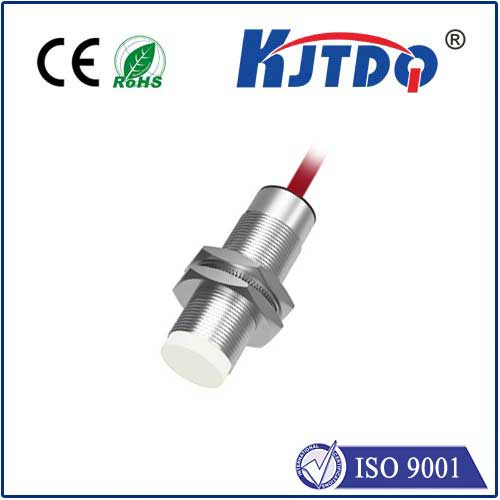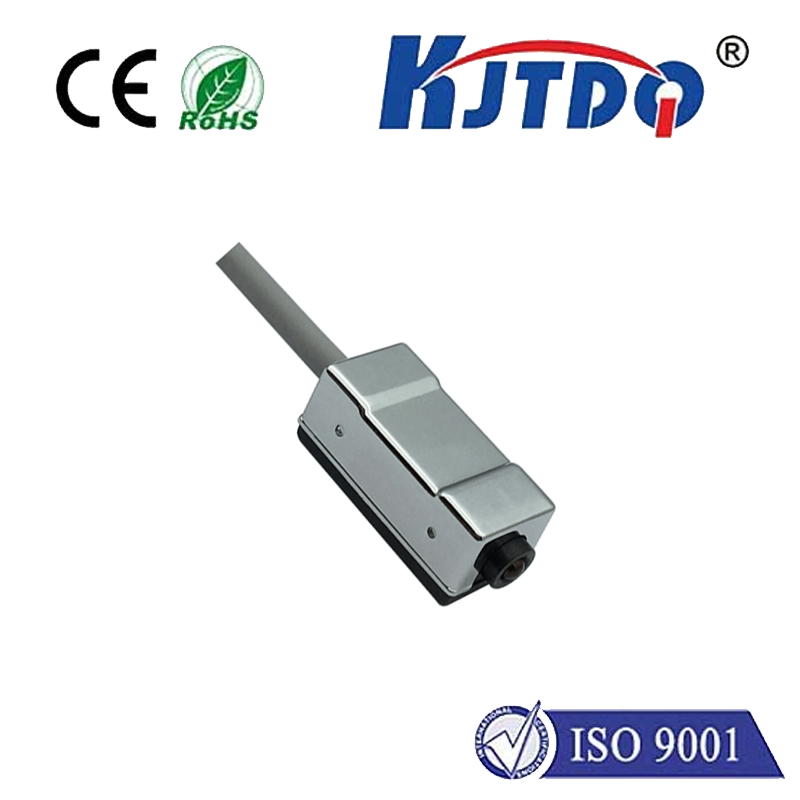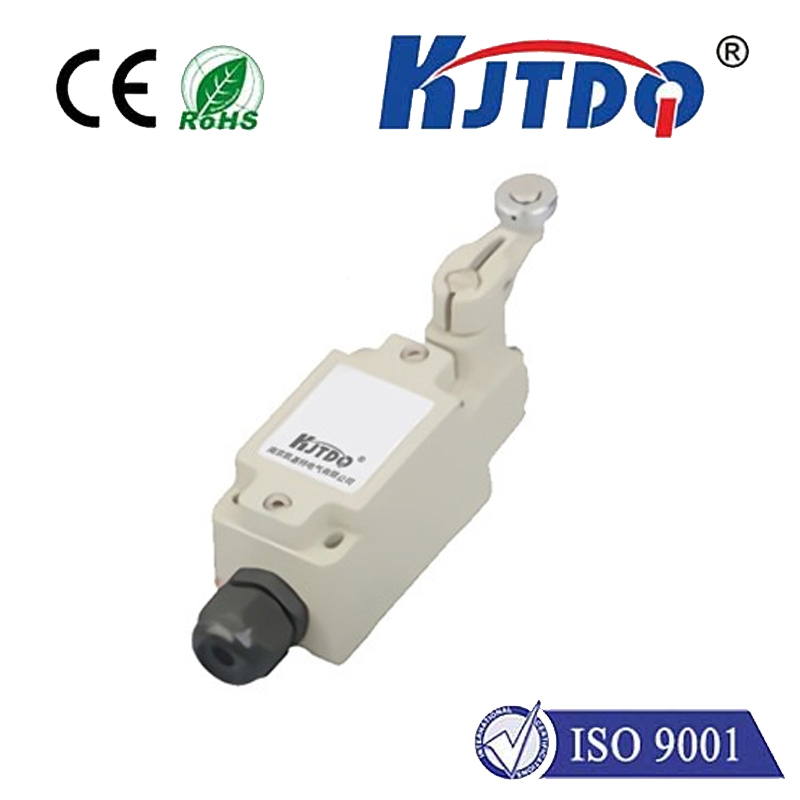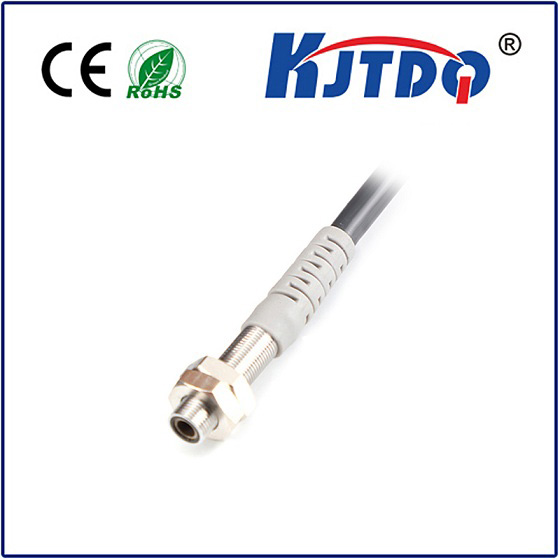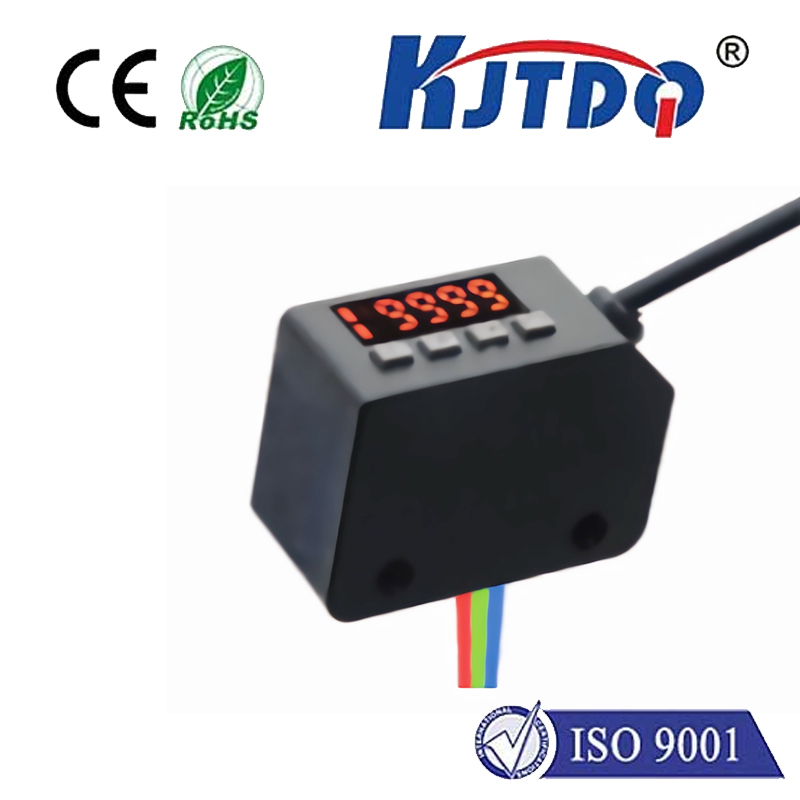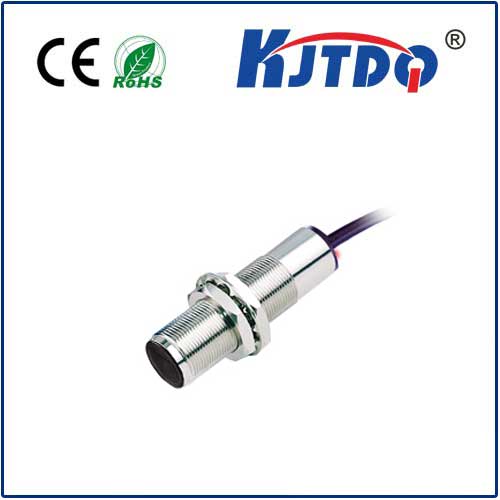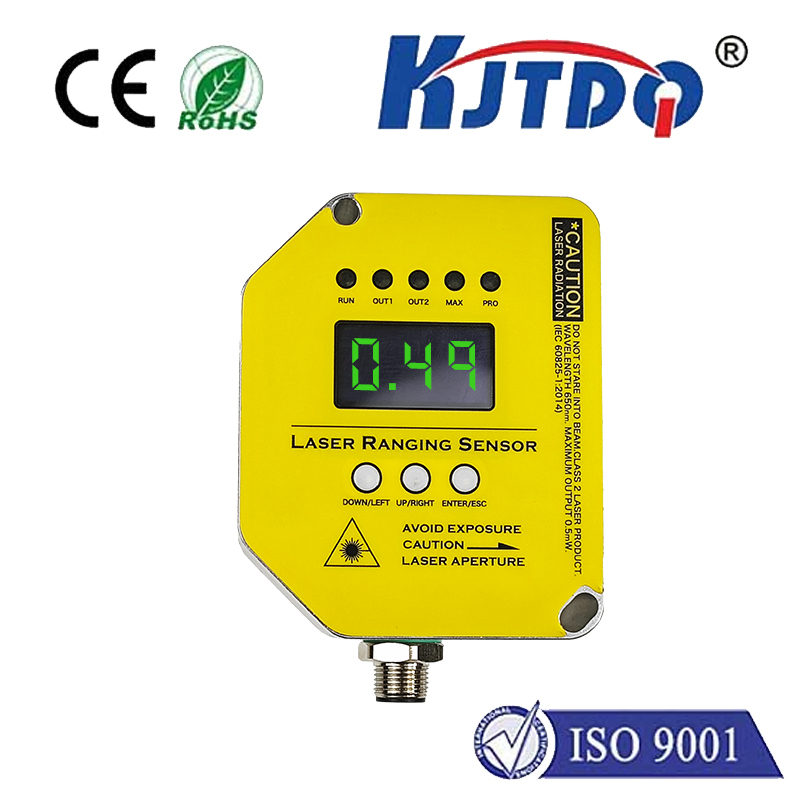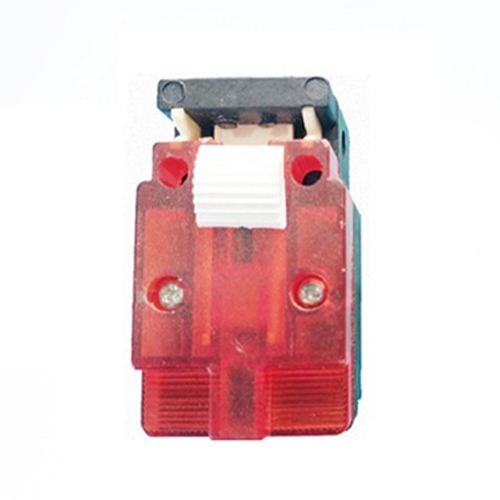rpm meter with proximity sensor
- time:2025-07-19 08:47:20
- Click:0
Beyond Touch: How Proximity Sensors Revolutionize RPM Measurement
Imagine trying to measure the heartbeat of a spinning turbine blade, a whirring machine shaft hidden behind a guard, or an ultra-fast micro-motor without ever laying a finger on it. How do you capture the precise revolutions per minute (RPM) of something you physically cannot – or should not – contact? This is where the ingenious pairing of an RPM meter with a proximity sensor transforms an impossible task into a routine, safe, and highly accurate measurement. This technology marks a significant leap beyond traditional contact tachometers, offering a world of advantages in demanding industrial, automotive, and research environments.
At its core, an RPM meter is a device designed to measure the rotational speed of an axle, shaft, disc, or any revolving component, expressing this speed as revolutions per minute. This fundamental metric is critical for:
- Monitoring Equipment Health: Identifying abnormal speeds signaling wear, imbalance, or impending failure.
- Process Control: Ensuring mixers, conveyors, and production lines operate at precise speeds for quality and efficiency.
- Performance Tuning: Optimizing engines, motors, and turbines for peak output and fuel economy.
- Safety Compliance: Verifying machinery operates within safe rotational speed limits.
Traditional contact tachometers require physical connection, typically using a rubber-tipped probe pressed directly onto the rotating part’s end. While functional in some scenarios, this method has inherent limitations: it introduces mechanical drag affecting accuracy (especially at high speeds), risks damage to delicate components, poses safety hazards for operators near moving parts, and becomes impossible if the rotating surface is inaccessible.
Proximity sensors provide the elegant solution. These non-contact devices detect the presence, absence, or proximity of a target object without physical touch. They do this by sensing changes in a generated electromagnetic field or beam of light. Common types used in RPM applications include:
- Inductive Proximity Sensors: Generate an oscillating electromagnetic field. When a metallic target (like a gear tooth, keyway, or bolt head) enters this field, it induces eddy currents, altering the field’s properties and triggering the sensor. Ideal for ferrous and non-ferrous metals.
- Capacitive Proximity Sensors: Detect changes in capacitance caused by any material (metal, plastic, liquid, wood) entering their electrostatic field. Useful for non-metallic targets.
- Optical Proximity Sensors: Emit a light beam (visible, infrared, or laser). The sensor triggers when the beam is interrupted by a target (e.g., a reflective mark or vane) or when reflected light intensity changes.
How the RPM Meter + Proximity Sensor Combo Works:
- Target Setup: A detectable feature is created on or attached to the rotating component. This could be a single reflective mark, a piece of ferrous tape, a notch, a gear tooth, a protruding bolt, or even a dedicated toothed wheel (often called an encoder wheel).
- Sensor Positioning: The proximity sensor is securely mounted near the rotating path of the target feature, precisely aligned within its sensing range. Crucially, there is no physical contact.
- Detection: As the component rotates, the target feature passes by the sensor. Each pass causes a detectable event – a change in the electromagnetic field for inductive sensors, a beam interruption/reflection for optical sensors, or a capacitance shift for capacitive types.
- Signal Generation: Each detection event triggers the sensor to send an electrical pulse to the connected RPM meter or counter.
- Calculation: The RPM meter’s internal circuitry counts the number of pulses it receives within a specific, precise time interval (usually one minute or a fraction scaled up). For example:
- If a single target mark passes the sensor once per revolution, the RPM is simply the pulse count per minute.
- If a 60-tooth gear is used, the RPM meter counts the pulses per minute and divides by 60 to get the actual shaft revolutions per minute.
- Display/Output: The calculated RPM value is displayed clearly on the meter (often digital for precision) and may be available as an analog signal or digital output for recording, process control systems, or alarms.
The Compelling Advantages: Why Go Non-Contact?
Integrating a proximity sensor with an RPM meter delivers transformative benefits:
- Enhanced Safety: Operators can take measurements from a safe distance, completely removed from dangerous moving parts. This is arguably the most critical advantage in industrial settings.
- Unmatched Accuracy & High-Speed Capability: Eliminating mechanical drag and slippage inherent in contact methods allows for precise measurement, even at extremely high rotational speeds where contact tachometers falter or fail. There’s zero mechanical interference affecting the reading.
- Measuring the Unmeasurable: Access shafts hidden behind guards, sealed components, hot surfaces, very small motors, or fragile parts that couldn’t withstand physical contact.
- Minimal Wear & Long Life: With no moving parts touching the target (aside from the sensor itself, which is solid-state), system wear is dramatically reduced, leading to exceptional reliability and longevity.
- Versatility: By choosing the right proximity sensor type (inductive, capacitive, optical) and configuring the target appropriately, a vast range of materials, sizes, and environmental conditions can be accommodated.
- Simplified Setup: Often easier and faster to mount a sensor near a rotating component than to safely access the end of a shaft for a physical probe.
Where RPM Meters with Proximity Sensors Shine (Applications):
- Industrial Machinery: Monitoring critical motor, pump, fan, gearbox, and conveyor speeds in manufacturing plants, power generation, and refineries.
- Automotive & Aerospace: Engine RPM measurement during testing/diagnostics, turbocharger speed monitoring, component balancing.
- Precision Engineering: Calibrating high-speed spindles in CNC machines, measuring miniature motor speeds.
- HVAC Systems: Verifying blower and fan speeds in large ventilation systems.
- Research & Development: Characterizing the performance of novel rotating devices or materials under test.
- Predictive Maintenance Programs: Regularly monitoring equipment speed trends as a key indicator of health, enabling maintenance before failure occurs.
Choosing the right proximity RPM meter involves considering factors like the target material and size, required RPM range, available mounting space, environmental conditions (temperature, dust, moisture), and the necessary output signal. Understanding the working principle illuminates why this combination is uniquely suited for so many modern RPM measurement challenges. It represents a fundamental shift from intrusive measurement to intelligent, remote sensing – ensuring precision and safety revolve together. The silent, unseen detection happening a few millimeters away provides the crucial data needed to keep machines running smoothly and operators out of harm’s way.





